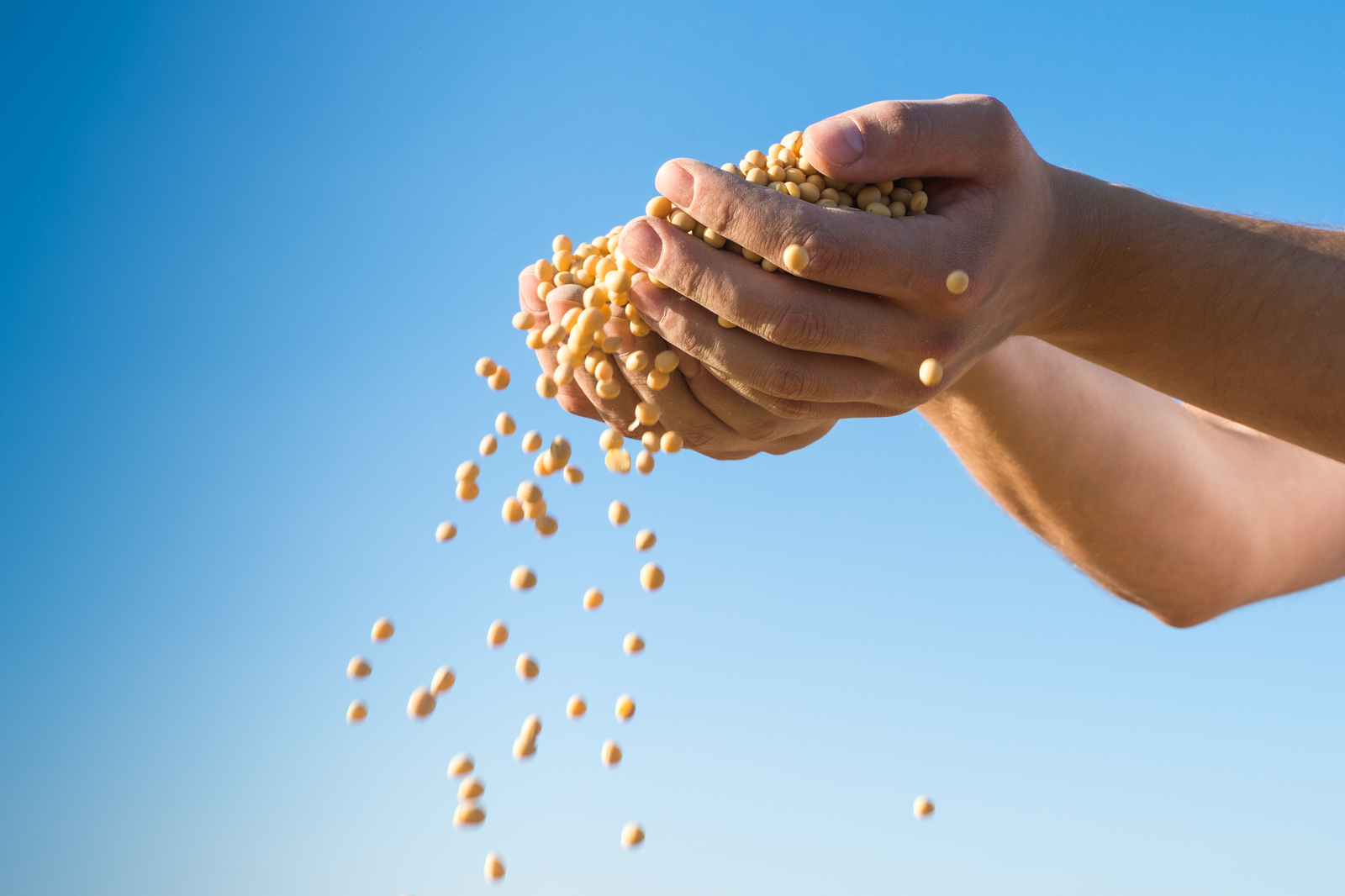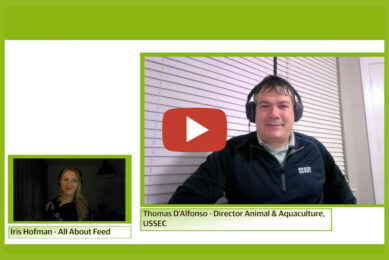High quality proteins for young animals

Dairy, potato protein and fishmeal are expensive and the quest is on to find suitable and cheaper ?alternatives for these commonly used proteins. A Danish ?company processes soy in such a way that young animals show similar performance compared to conventional protein concentrates.
With a global human population quickly rising above eight billion people scarce high value proteins from dairy, potato and fish – traditionally used for infant animal nutrition – will now enter the food chain for human consumption. For fishmeal we have seen a steady decline in volume for the aqua and livestock industry of around 2 – 3 million tonnes over the last 15 years down to around 5 million tonnes today. Therefore, the development of more suitable digestible proteins is a must to be able to substitute these highly nutritious animal based or scarce plant protein sources for optimal animal performance, health and profitability – allowing payable healthy animal proteins to feed the quickly growing world population. A Danish company is using a new technology where the protein is extracted from vegetable raw materials – in this case soy – by gentle water extraction. This results in a protein level similar to fishmeal and very low in anti-nutritional factors. The new technology allows the conversion of abundantly available plant raw materials with global outputs of soy (320 million tonnes) and canola (65 million tonnes) into highly digestible proteins for infant livestock nutrition. Due to raw material availability Agrokorn chose to start with soy. The technology used splits up the soy in the protein concentrate product*, which is around 70% protein comparable to fishmeal and a byproduct carrying the not wanted group of anti-nutritional factors. In addition to performance trials, research has been carried out to confirm fishmeal and dairy equivalent protein digestibilities of around 95% needed for nutrition of young animals in the lactation and nursery period as well as fry in aquaculture (Table 1).
Comparison with high quality fishmeal
Most of the trials have been with young animals in the lactation and nursery period. In the aquaculture sector studies have been carried out in fry. An overview of the trials with this new soy protein concentrate* in different animal species, substituted ingredients, substitution rates and overall conclusions is given in Table 2. In these trials, the use of high quality fishmeal has been the dominant benchmark for testing the soy concentrate. The researchers looked at 5 – 15% replacement of the fishmeal protein with that of soy protein concentrate. It was shown that the animals showed similar growth results across all tested species. This is owed to the very ‘clean’ protein this processing method gives leading to the very high standard ileo digestibilities of amino acids as well as good feed intake data due to nice palatability. Overall, the presented data illustrate that the soy protein concentrate is able to substitute both quality animal and vegetable high protein concentrates while keeping or improving animal performance.
Effect on feed intake and growth
The soy protein concentrate was also tested as a substitution for low solanin potato protein and pea protein concentrate. Opposite to soy, the latter is very limited in availability, often increasing rearing cost. Therefore, other protein sources can be a good alternative to these concentrated plant-based proteins. In the trial, carried out in France, pea and potato protein were in part or completely substituted with the soy protein concentrate in piglet diets during the first two and a half weeks after weaning (day 28). The soy protein concentrate led to an improved feed intake and weight gain. This difference is statistically significant when combining this product with low solanin potato protein. The higher nutrient intake is more efficiently converted into a higher growth at the same feed cost. This confirms that all or a part of the conventional protein sources in the diet can be replaced by a soy protein concentrate, while keeping or improving animal performance.
Conclusion
The new soy protein concentrate allows for de-bottlenecking the tight supply chain of fishmeal for neonate livestock feeding along with extensive improvement in production cost while maintaining animal performance and well-being. One area of application is baby piglet nutrition. Current breeding progress leads to more piglets per litter and along with that more light weight and vulnerable baby pigs which need very high quality proteins for a good start. Among the many on-going livestock initiatives to optimise animal well-being and performance to allow a decent farmer income, the industry across all species is focusing on reducing the use of antibiotics in the interest of public health. Also here high quality ingredients like the soy protein concentrate discussed here can widen the range of options in our toolbox to support successful neonate livestock nutrition.
*AlphaSoy Premium











